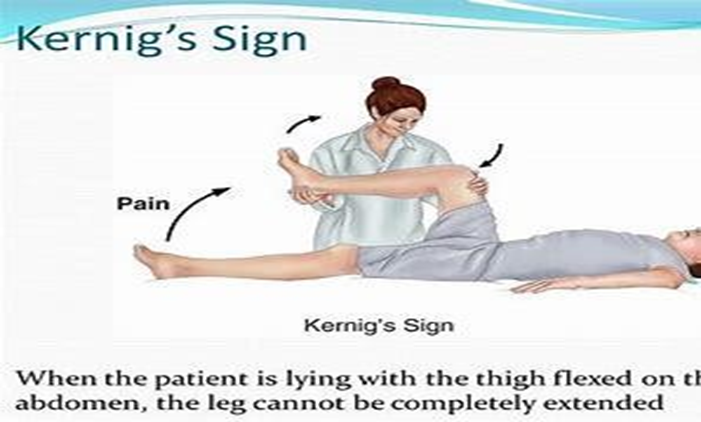A nurse is caring for a child who has an exacerbation of cystic fibrosis. Which of the following laboratory findings should the nurse report to the provider immediately?
Blood glucose 140 mg/dL
Serum sodium 156 mEq/L
RBC 3.2 million/ul
Oxygen saturation 85%
The Correct Answer is D
D. An oxygen saturation level of 85% is significantly below the normal range and indicates hypoxemia (low blood oxygen levels). This finding is concerning, especially in a child with cystic fibrosis, which can lead to respiratory complications such as airway obstruction, infection, or mucus plugging.
A. A blood glucose level of 140 mg/dL is within the normal range for children, so this finding would not typically require immediate reporting to the provider.
B. A serum sodium level of 156 mEq/L is significantly elevated and above the normal range. However, hypoxia is the priority.
C. A red blood cell (RBC) count of 3.2 million/µL falls within the normal range for children, so this finding would not typically require immediate reporting to the provider.
Nursing Test Bank
Naxlex Comprehensive Predictor Exams
Related Questions
Correct Answer is ["A","B"]
Explanation
A. Humidified oxygen can help improve oxygenation and relieve respiratory distress by maintaining optimal humidity levels in the airways, which can be beneficial, especially in infants with bronchiolitis who may have increased respiratory secretions and airway inflammation.
B. Monitoring respiratory rate and oxygen saturation allows for early detection of respiratory distress and hypoxemia, which are common complications of bronchiolitis. Regular assessment helps guide interventions and ensures timely escalation of care if needed.
C. Restricting fluid intake is not typically indicated for children with bronchiolitis. In fact, maintaining adequate hydration is crucial for children with respiratory illnesses to help thin respiratory secretions and prevent dehydration.
D. Antibiotics are not routinely indicated for the treatment of bronchiolitis caused by viral pathogens. Bronchiolitis is typically caused by respiratory syncytial virus (RSV) or other viral infections, for which antibiotics are ineffective.
E. Chest physiotherapy is not routinely recommended for the management of bronchiolitis in infants and children. Bronchiolitis is primarily managed with supportive care measures such as humidified oxygen, hydration, and monitoring for respiratory distress.
Correct Answer is C
Explanation
C. This is characteristic of Kernig's sign. Kernig's sign is elicited when the thigh is flexed at the hip and then attempts to extend the leg at the knee are met with resistance or pain due to inflammation of the meninges.

A. Petechial and purpuric rashes are associated with meningococcal meningitis, not specifically with Kernig's sign. These rashes result from bleeding into the skin and are a characteristic feature of meningococcal sepsis. However, they are not directly related to Kernig's sign.
B. This observation describes Brudzinski's sign, not Kernig's sign. Brudzinski's sign occurs when passive flexion of the neck causes involuntary flexion of the hips and knees due to meningeal irritation.
D. Muscle and joint pain can be symptoms of meningitis, but they are not specific to Kernig's sign. Kernig's sign specifically refers to resistance or pain experienced when attempting to extend the leg at the knee.
Whether you are a student looking to ace your exams or a practicing nurse seeking to enhance your expertise , our nursing education contents will empower you with the confidence and competence to make a difference in the lives of patients and become a respected leader in the healthcare field.
Visit Naxlex, invest in your future and unlock endless possibilities with our unparalleled nursing education contents today
Report Wrong Answer on the Current Question
Do you disagree with the answer? If yes, what is your expected answer? Explain.
Kindly be descriptive with the issue you are facing.
